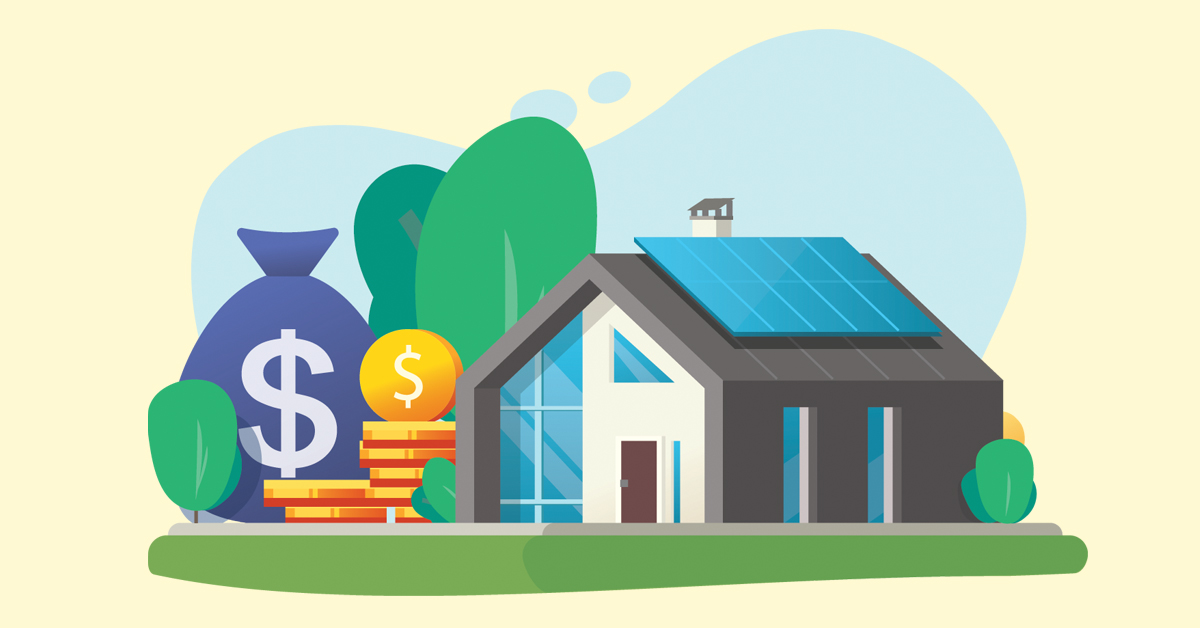Home price appreciation across the country has returned to more sustainable levels as interest rate increases have helped to cool the post-pandemic surge in buyer demand. There’s ample evidence, however, that property values are rising at rates that could support more lending opportunities due to the mountains of equity being accumulated.
First American Financial Corp. reported that U.S. home prices peaked for a seventh straight month in October 2023. Annualized price growth at that time increased to 7% after bottoming out in the first half of the year. Meanwhile, Attom reported that nearly half of residential properties with mortgages in third-quarter 2023 were considered “equity rich,” meaning the amount of debt secured by these homes didn’t exceed 50% of their estimated market values.
At a time when home purchase business remains tepid, originators who once overlooked home equity lending products might want to reconsider them. Many lenders have already jumped on the bandwagon: According to data from the Mortgage Bankers Association (MBA), home equity loan and home equity line of credit (HELOC) originations jumped by 50% from 2020 to 2022.
“We see a lot of potential in this space, especially if there are more outlets in the secondary market.”
Marina Walsh, vice president of industry analysis, Mortgage Bankers Association
Across the 20 companies that participated in the MBA’s study, the average origination volume of these loans grew by nearly $1.2 billion during the two-year period. At the end of 2022, homeowners had roughly $31 trillion in total equity, triple the levels seen in the years immediately following the Great Recession.
“We see a lot of potential in this space, especially if there are more outlets in the secondary market,” says Marina Walsh, the MBA’s vice president of industry analysis. Walsh notes that banks are concerned about any loans they’ll hold on their books — particularly after the recent failures of a few institutions — but she also says that alternative lenders are emerging in the home equity channel.
These lenders tend to be fintechs that offer speed and convenience for online applicants, making their home equity loans more competitive against personal loans and credit cards. But they’re also excelling at strong underwriting standards and borrower analytics, Walsh says.
“Unsecured lending is just an easier process for borrowers,” she says. “Some borrowers are still remembering the overleveraging from the Great Recession. A lot of education is needed to show that (an equity-based loan) makes financial sense.”
There are several reasons why these products haven’t been more popular in previous market cycles, says Anthony Stratis, senior director of lending partnerships at Figure, a nonbank HELOC lender. These include a lack of compensation for the mortgage company and originator, few options for selling the loans on the secondary market and long funding times (MBA data pegged the average closing period for a HELOC in 2022 at 41 days).
Yet another potential hurdle, Walsh notes, is the personnel tasked with managing these types of financing requests. Consumer lending divisions, rather than mortgage divisions, were responsible for the bulk of home equity loan and HELOC originations among the lenders surveyed by the MBA.
“I hear more about trying to consolidate consumer products, technology-wise, into one loan origination system, so you have more of the prominent lenders providing a home equity loan add-on,” Walsh says.
Stratis believes that the overarching movement in consumer financial services toward online speed and convenience presents an opportunity to educate both consumers and originators. The modern home equity lending process is increasingly likely to resemble that of a personal loan.
“The credit unions and banks, I think they’re very good at being able to offer these products,” Stratis says. “But the process by which they do it is traditional in the sense that you’ve got manual underwrites that take place and a lot of paperwork going back and forth. … I think that’s a big barrier to a typical consumer, and not one that they necessarily want to go through for a $40,000 or $50,000 loan.” ●






